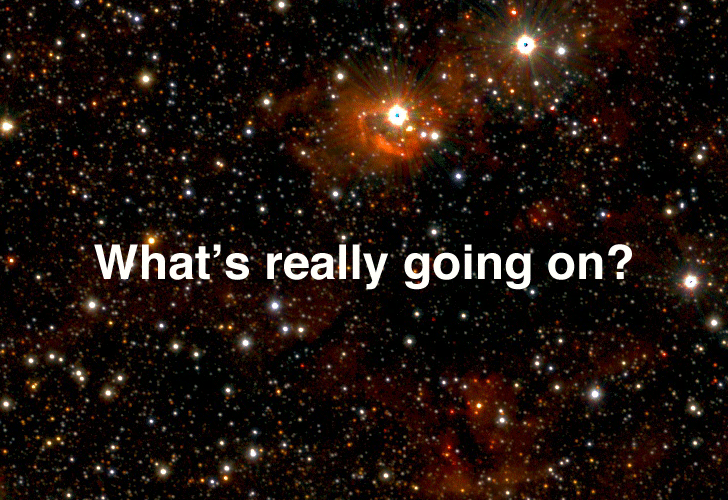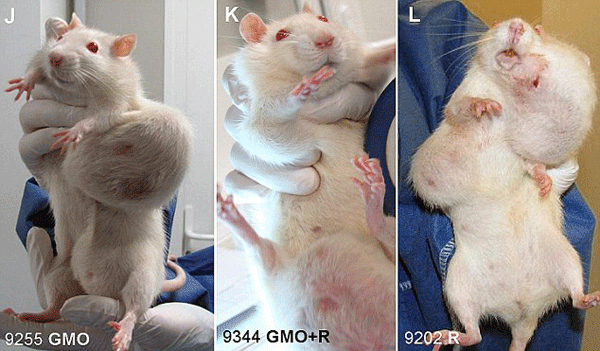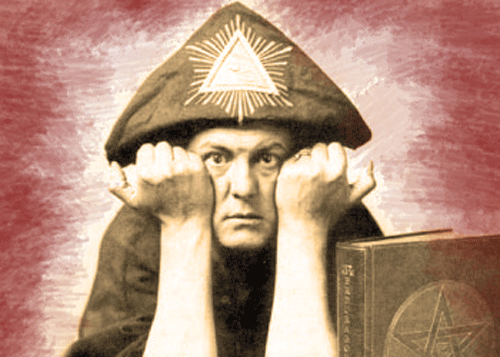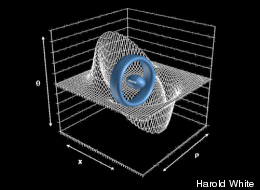

#2. Our solar system and planets are relatively young. Older and more advanced civilizations have discovered, understood and exploited universal energy systems to advance their technological and philosophical achievements.
Those of us familiar with Gene Rodenberry's Star Trek know that warp drive, capable of space travel in excess of the speed of light, is vital to getting around in the vast and distant regions of the universe. But is there such as thing as "warp drive"? The surprising answer is yes. But it has not yet been perfected.
Warp Drive: A Reality By: Clara Moskowitz on SPACE.com HOUSTON (09/17/2012) -- A warp drive to achieve faster-than-light travel -- a concept popularized in television's Star Trek -- may not be as unrealistic as once thought, scientists say. A warp drive would manipulate space-time itself to move a starship, taking advantage of a loophole in the laws of physics that prevent anything from moving faster than light. A concept for a real-life warp drive was suggested in 1994 by Mexican physicist Miguel Alcubierre, however subsequent calculations found that such a device would require prohibitive amounts of energy. Now physicists say that adjustments can be made to the proposed warp drive that would enable it to run on significantly less energy, potentially bringing the idea back from the realm of science fiction into science.
Meanwhile, the starship itself would stay inside a bubble of flat space-time that wasn't being warped at all.
"Everything within space is restricted by the speed of light. But the really cool thing is space-time, the fabric of space, is not limited by the speed of light." With this concept, the spacecraft would be able to achieve an effective speed of about 10 times the speed of light, all without breaking the cosmic speed limit. The only problem is, previous studies estimated the warp drive would require a minimum amount of energy about equal to the mass-energy of the planet Jupiter. Harold "Sonny" White of NASA's Johnson Space Center calculated what would happen if the shape of the ring encircling the spacecraft was adjusted into more of a rounded donut, as opposed to a flat ring. He found in that case, the warp drive could be powered by a mass about the size of a spacecraft like the Voyager 1 probe NASA launched in 1977. Furthermore, if the intensity of the space warps can be oscillated over time, the energy required is reduced even more. White and his colleagues have begun experimenting with a mini version of the warp drive in their laboratory. They set up what they call the White-Juday Warp Field Interferometer at the Johnson Space Center, essentially creating a laser interferometer that instigates micro versions of space-time warps.
"We're trying to see if we can generate a very tiny instance of this in a tabletop experiment, to try to perturb space-time by one part in 10 million." -- Harold White (NASA) He called the project a "humble experiment" compared to what would be needed for a real warp drive, but said it represents a promising first step. [source]
|
Whether they use "warp drive" or some other means of navigating space, advanced civilizations have most certainly encountered other intelligent beings on other worlds and learned from them. This sharing of technologies would have dramatically added to the collective understanding of the universe, its physical laws and origins.
Intelligence and consciousness usually result in organization. On the universal scale, we should expect some consensus with regard to maintaining peace and respecting life -- what we might consider "laws" -- and some agreement regarding the purpose of existence. This "universal truth" would be the accepted way that things are understood and organized.
While a universal "religion" might recognize the existence of a creative entity or "Creator", the concept would also be considered necessarily imperfect. Sentient beings can only "know" those aspects of the Creator as they reveal themselves in the creation. The rest is outside of existential reality. The reality of a creative intelligence is evidenced by the universal energy and material systems which exhibit purposeful design. No better example of this can be found than in the atom.
I suspect that, philosophically, the purpose of the created universe is ultimately unknown, even to advanced minds.
#3 -- Dissent is inherent in "Free Will"
"A dissenting minority feels free only when it can impose its will on the majority: what it abominates most is the dissent of the majority."
-- Eric Hoffer
Because mortals are temporal, beings of higher energy systems have an advantage in both experience and understanding of non-material realms. These higher beings have great influence and control over the mortals of the realm. Nevertheless, being created beings, they share the mystery of the pre-creation nature and motive of the Creator.
Mortals strive to become non-material through belief in an ascension scheme whereby they consciously choose to cooperate in the Universal Truth. Belief in the unknowable Creator is the prime motivation that fuels this ideal, modifies behavior and gives meaning to existence.
If we assume that all sentient beings, material and non-material, have free will prerogatives, we must assume that dissent regarding the origin and purpose of existence is possible.
Our ancestral stories are ripe with descriptions of dissent over the existence of a Creator and the corresponding worship and adherence to the Universal Truth. Stories about Lucifer, an "other dimensional" being, describe his exploitation of the "vague" nature of the Creator and the resulting decree of personal liberty. If we take these stories at face value, it would appear that we are currently living under this very dissent.
Is Dissent a Bad thing?
In his 1962 book, The Structure of Scientific Revolutions, Thomas Kuhn presented the concept of a paradigm -- described as a widely accepted world view about a given phenomenon. He gave the example of the geocentric Earth (the belief that our planet was the center of the universe) and how dissenting ideas by Copernicus brought the fury of learned men and the powerful Catholic church, imprisoning and putting to death those that dared speak "heresy".
In the case of Copernicus, the idea that the Earth revolved around the Sun proved correct and advanced our understanding of the universe. But not all dissent proves beneficial. A case in point is the utilization of genetics to "improve" upon the natural selection process in Genetically Modified Organisms (GMO). This can be seen as dissent from the natural order of things and the consequences, although not initially apparent, have been disastrous.
|
Monsanto's GMO Corn Linked To Organ Failure Huffington Post -- Updated: 05/25/11 04:10 PM ET In a study released by the International Journal of Biological Sciences, analyzing the effects of genetically modified foods on mammalian health, researchers found that agricultural giant Monsanto's GM corn is linked to organ damage in rats. According to the study, which was summarized by Rady Ananda at Food Freedom, "Three varieties of Monsanto's GM corn -- Mon 863, insecticide-producing Mon 810, and Roundup herbicide-absorbing NK 603 -- were approved for consumption by US, European and several other national food safety authorities."
 Monsanto gathered its own crude statistical data after conducting a 90-day study, even though chronic problems can rarely be found after 90 days, and concluded that the corn was safe for consumption. The stamp of approval may have been premature, however. In the conclusion of the IJBS study, researchers wrote:
"Effects were mostly concentrated in kidney and liver function, the two major diet detoxification organs, but in detail differed with each GM type. In addition, some effects on heart, adrenal, spleen and blood cells were also frequently noted. As there normally exists sex differences in liver and kidney metabolism, the highly statistically significant disturbances in the function of these organs, seen between male and female rats, cannot be dismissed as biologically insignificant as has been proposed by others. We therefore conclude that our data strongly suggests that these GM maize varieties induce a state of hepatorenal toxicity....These substances have never before been an integral part of the human or animal diet and therefore their health consequences for those who consume them, especially over long time periods are currently unknown." Monsanto has immediately responded to the study, stating that the research is "based on faulty analytical methods and reasoning and do not call into question the safety findings for these products." The IJBS study's author Gilles-Eric Séralini responded to the Monsanto statement on the blog, Food Freedom, "Our study contradicts Monsanto conclusions because Monsanto systematically neglects significant health effects in mammals that are different in males and females eating GMOs, or not proportional to the dose. This is a very serious mistake, dramatic for public health. This is the major conclusion revealed by our work, the only careful reanalysis of Monsanto crude statistical data." |
On a universal scale, dissent from the Universal Truth has its immediate appeal in releasing humans of the restrictions imposed by morality. When there are no consequences of behavior, which harms the self or others, the resulting conduct can be expressed in the words of the famous Satanist, Allister Crowley:

"Do what thou will is the whole of the law."
Humans have evolved a brain capable of reasoning and weighing the consequences of decisions and actions. Morality promotes the good of the many over the benefits of the individual. We differ from animals in this regard. This evolved morality came about so that we could understand and cooperate with the fellowship prerequisite of Universal Truth. Ideals and morality often conflict with base animal instincts and indeed we have portions of our brain devoted to these higher centers of consciousness (specifically the pre-frontal cortex) that are lacking in lesser animals.

[See Journal of NeuroScience pdf file]
At odds with our evolved nature, dissent from the Universal Truth seems imposed upon humans by unseen, other-dimensional personalities who use covenants with humans to effect their beliefs. In the case of Lucifer, this was brilliantly achieved through the revelations of Yahweh (Jehovah) to his select, chosen people, who unknowingly (and knowingly) promote the dissent.
Next -- #4 YHWH, Jehovah is NOT God. He was created by God!
COMMENTS:

 An Alcubierre warp drive would involve a football-shape spacecraft attached to a large ring encircling it. This ring, potentially made of exotic matter, would cause space-time to warp around the starship, creating a region of contracted space in front of it and expanded space behind.
An Alcubierre warp drive would involve a football-shape spacecraft attached to a large ring encircling it. This ring, potentially made of exotic matter, would cause space-time to warp around the starship, creating a region of contracted space in front of it and expanded space behind.